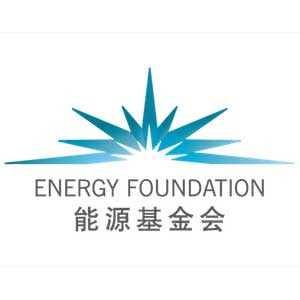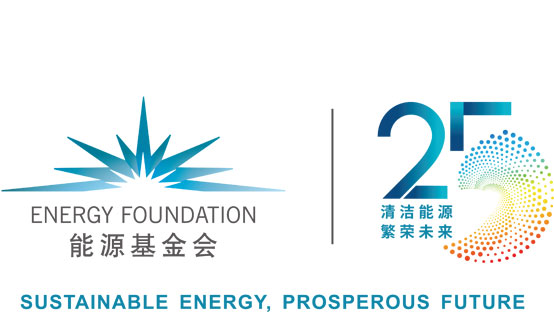The Low-carbon Transformation of the Chinese Economy (Part 3)
China is experiencing a weakening of domestic demand and strong headwinds in international trade, therefore it’s all the more pressing that the country should seize the historic opportunity in its low-carbon transformation of industries based on the development of technologies.
Currently, its efforts are being helped by the national push for energy revolution and government policies on fostering innovation, to complement the particulars of the country’s endowment of energy resources. Keeping in mind of the underlying conditions of China, we should focus on establishing, maintaining, and improving the comparative advantages of the Chinese system of technology and turning them into a competitive advantage of industries.
At the same time, we need to clearly identify the way forward and the point for breakthrough in low-carbon innovation with forward thinking and a firm grasp of market rules on low-carbon technology innovation. We should allow the market play the decisive role in resource allocation with the government in a sensible supporting role at various stages of the technology development cycle. The country also needs to push for R&D, demonstration, and promotion of low-carbon technologies, in order to build a comprehensive system of low-carbon technology and enhance technological and industrial competitiveness of the country during the course of its future low-carbon development.
Therefore, in the near future (before 2020), energy efficiency improvements in industry, construction, transportation, and thermal power generation will play an important role in carbon control. The promotion and application of low-carbon technologies should focus on: supercritical power generation, large-scale Generation III advanced pressurized water reactors, onshore wind power generation, high-pressure coke dry quenching, residual heat and pressure recovery, new large-scale dry process cement kiln, synthetic ammonia, and energy-saving lighting system. At the same time, we should conduct more research on key technologies such as carbon capture and storage in power generation and industry, Generation IV nuclear power, large-scale energy storage, and marine geothermal power generation. Also, we need to accelerate the pace of commercial demonstration of technologies such as power generation through integrated gasification combined cycle (IGCC) and offshore wind power, second-generation thin-film photovoltaic solar cell, advanced electric furnace steelmaking, high-efficiency integrated heat pump system, low-cost and high-efficiency solar-powered building, and pure electric vehicle.
Especially after taking account of the urgency of controlling smog and other atmospheric pollution at local level and the national picture of coal endowment, it becomes clear that China should accelerate the speed of its adjustment of increases in the installed capacity of the thermal power industry by promoting high-parameter ultra-supercritical technology. The proportion of installed capacity using this technology should be increased from about 30 percent today to about 40 percent by 2020. At the same time, we should accelerate the efficiency transformation of coal utilization, under the premise of controlling total coal consumption. And this should be achieved through electrification and fuel switch for coal uses outside the power generation sector, thereby increasing the proportion of thermal coal in the total of coal consumption, and reducing the proportion of coal used outside the power sector. The ultimate goal is to gradually cut down total coal consumption. By improving the efficiency of coal utilization in power generation and its share in total coal consumption, there will be effective control of atmospheric pollutants and carbon emissions.
In the medium term (by 2030), we should have reached or approached the threshold of commercialization with regard to technologies such as power generation through integrated gasification combined cycle and natural gas-fired combined cycle, large-scale offshore wind power generation, second-generation biofuels, intelligent transportation system, smart grid, solar-powered building with high-efficiency, after more than 10 years of demonstration. And they will become important technological pillars for China’s low-carbon innovation and development.
In the long-term (from the 2030 to 2050), the focus would be on widespread adoption of the following technologies: low-cost carbon capture, utilization, and storage; large-scale onshore and offshore wind power; low-cost photovoltaic solar energy and concentrated solar thermal power; Generation IV nuclear energy; second-generation biofuels; smart grid; electric vehicles; high-efficiency energy storage; and net-zero energy buildings. Under the premise that energy-efficiency technology can still have significant impacts, they will be crucial in supporting China’s system of low-carbon tech and industry.
These technologies will not get adopted by themselves. The government needs to create appropriate cost-effective incentives for developers and users of technology alike, through fiscal policy, taxation, and emissions trading policy, so that the economic cost of emissions is higher than the cost of adopting emission reduction technologies. Essentially, we should push for market mechanism to allocate resources with regard to R&D and mass adoption of related technologies.




